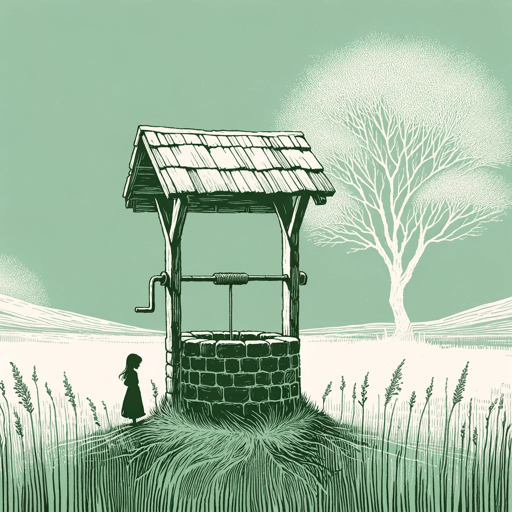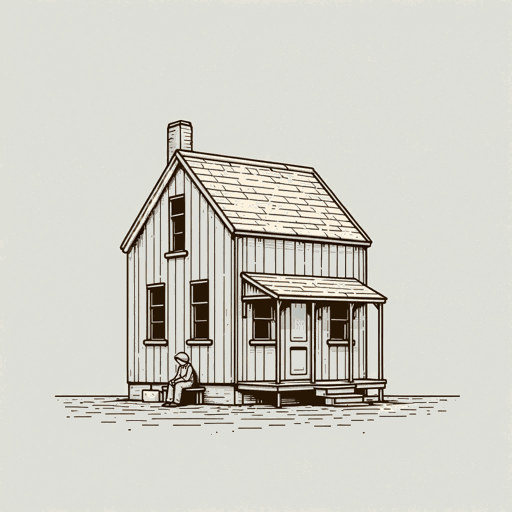44 pages • 1 hour read
Claire KeeganFoster
Fiction | Novella | Adult | Published in 2010A modern alternative to SparkNotes and CliffsNotes, SuperSummary offers high-quality Study Guides with detailed chapter summaries and analysis of major themes, characters, and more.
Symbols & Motifs
The Wind
Content Warning: This section of the guide discusses death of a child, implied parental abuse and neglect, and separation of a foster child from their preferred family.
The natural element that the narrator records most is the wind. It is a consistent symbol of the girl’s emotional state. While she can express her questions and some simpler feelings, both the narrator’s age and the trauma that she’s experienced due to parental neglect render her unable to articulate more complex reactions.
Wind parallels breath and creates sounds that are often compared to human expressions in literature, with verbs such as “sighing” or “wailing.” While Keegan avoids personifying language, the breeze sometimes creates sound when the quiet protagonist does not. From her first arrival at the Kinsellas, “a queer, ripe breeze is crossing the yard” (7), mimicking the girl’s simultaneous excitement and apprehension, sense of abandonment and sense of possibility. It drops in temperature when Da leaves, just as the tension does.
After the trip to Gorey, the “wind rushing through the car” mingles with the chat between the Kinsellas (48), signifying the girl’s well-being as she eats candy gifted by Kinsella.


